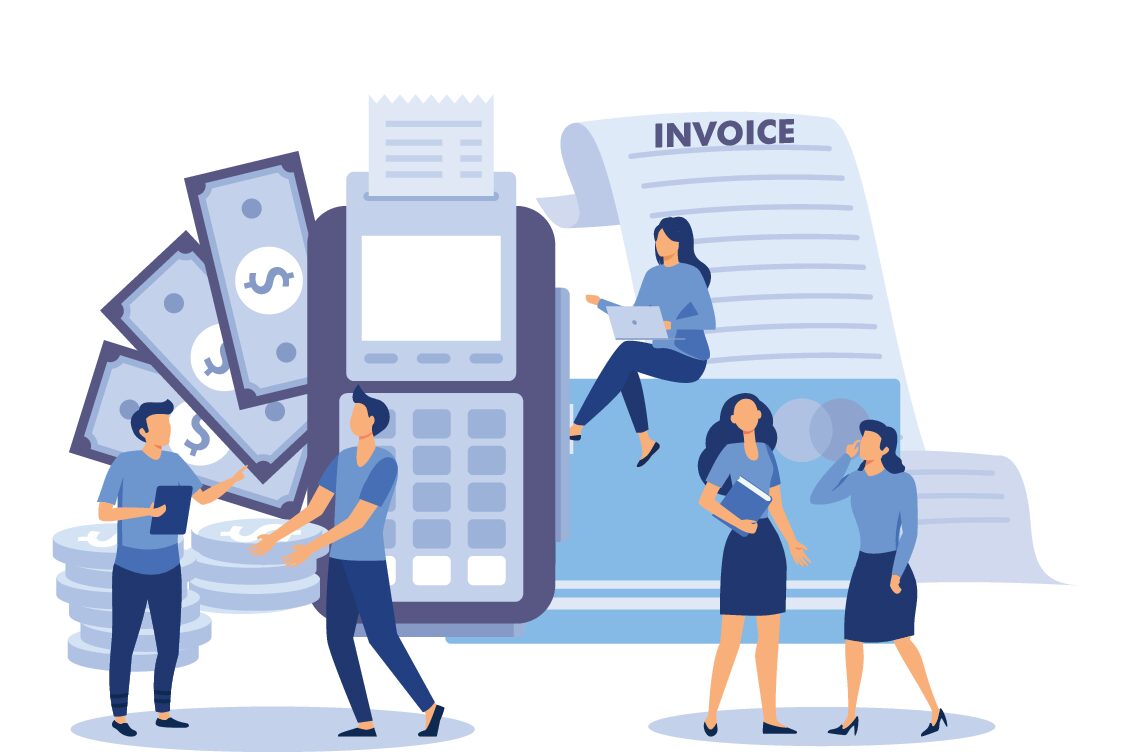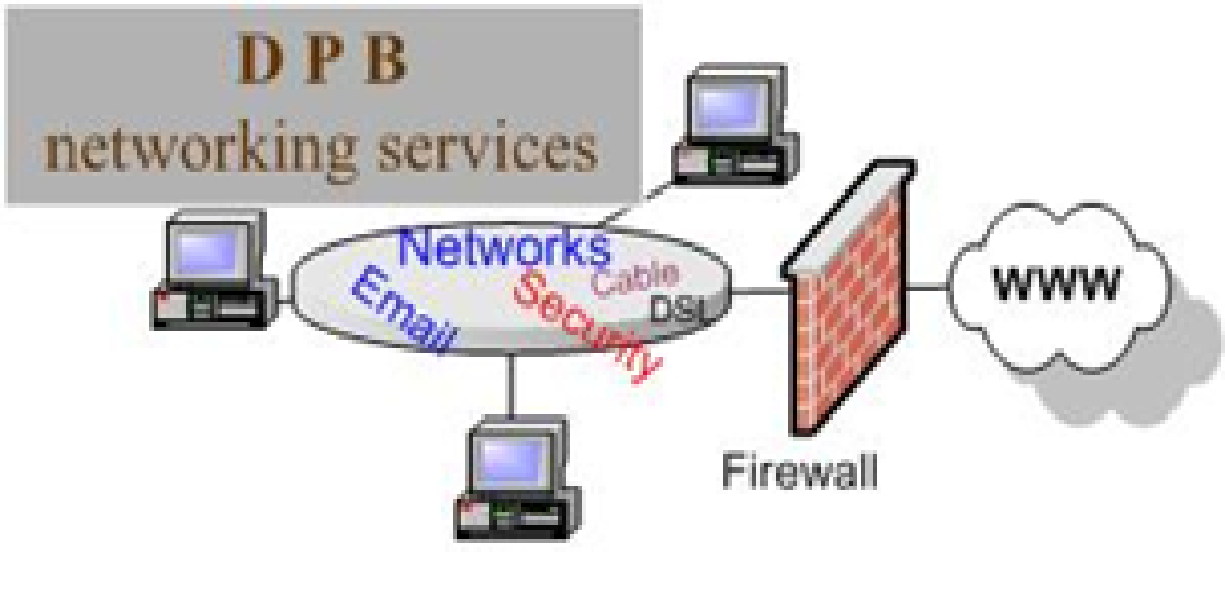When you hear the term flat fee, you likely think of an arrangement where one fixed amount is charged for an entire matter or engagement period. While that is often the case with this type of billing option, flat fee billing does not have to be as rigid as it may sound.
If you are not completely comfortable with the concept, there are actually numerous ways to make it work for the particular needs of your practice.
Legal project management (LPM) is a valuable tool for flat fee billing. With LPM, you essentially take a matter and break it down into smaller individual tasks to best determine an appropriate flat fee amount. This is done prior to commencing work on the matter, so you have a comprehensive view of the case and what it will require.
Under a standard flat fee arrangement, these individual tasks may serve as building blocks or milestones to gauge progress on the matter, but used a little differently, they can also help your firm take a gradual step into the world of flat fee billing.
Learn profitable benefits of Legal Project Management
A Fee for Each Task
If you are not comfortable with completely abandoning the hourly fee arrangement, consider portioning out the case and charging flat fees for particular tasks.
For example, a contentious divorce may prove difficult to quantify, especially with the unknown variable of how long the trial will last. However, parts of the case process may fit well with flat fees. Creation and service of the initial complaint could be one component. Appearing at court ordered mediation may be another.
Your firm could bill for these smaller tasks individually, while leaving the litigation aspect of the case under an hourly fee agreement. This benefits the client by providing some assurances about the cost of the case. It also provides an incentive for the client to act in a more cooperative manner, instead of fighting over the VHS movie collection.
This tactic may also prove successful in situations where a flat fee is preferable, but you feel unsure about the appropriate amount to charge for the entire matter. You can still break down the individual tasks of the case and require payment of set fees upon completion of each task, instead of trying to quantify the entire case.
This may also prove useful if you are working under a retainer. By using multiple milestone flat fees, the firm could receive regular compensation throughout the process, instead of having to wait until completion of the entire case.
LPM allows you to make knowledgeable decisions about the direction of your legal practice, including how to best incorporate flat fee arrangements. Whether you choose to charge a single fee for the entire matter, or portion it into smaller tasks, there is a flat fee arrangement out there to meet the needs of your firm. Just don’t forget to consult your state Bar to stay within the rules and out of trouble.
Learn profitable benefits of Legal Project Management
About Erika Winston:
Erika Winston is a Virginia based writer with a passion for all things legal. As a former domestic relations attorney, she understands the challenge of determining the best fee structure for your practice. Erika is a regular contributor to TimeSolv and a variety of other publications.


















